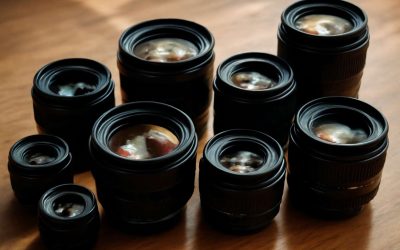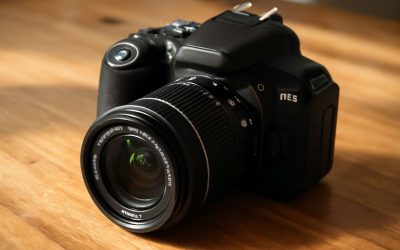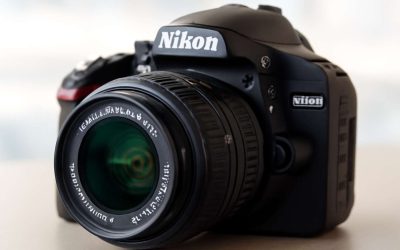
Whether you’re a beginner or an experienced photographer, you will find that a telephoto lens can help you take pictures that you’ve always wanted. This type of lens is often used for fast-paced activities like sporting events, and for portraits and group photos.
Short telephotos
Compared to wide-angle lenses, short telephoto lenses offer a flattering perspective and are ideal for portrait photography. In fact, they are often called “portrait telephotos.” They are compact and light, and can be used for a variety of imaging applications. They offer more context than super-zoomy lenses and are also easier to create artful blurs.
Telephoto lenses make a subject appear closer to the camera and can be used to fill the frame with distant objects. They are great for portraits, wildlife, and sports photography. They also provide better bokeh than wide-angle lenses. However, they are also more susceptible to camera shake. A tripod is a welcome addition to any telephoto lens, but some manufacturers have designed a vibration reduction mechanism for their lenses.
Telephotos offer a wider maximum aperture, which allows you to shoot faster at low ISO, and they have shallow depth of field, which can be useful for other types of photography. They also have a narrow field of view, which makes tracking moving subjects in the viewfinder difficult.
Medium telephotos
Generally, telephoto lenses have the following characteristics: long focal length, large magnification, shallow depth of field and perspective compression. These characteristics make for a better image. They are ideal for portraiture and landscape photography. They also come with a few drawbacks, however.
While a telephoto lens can do some cool things, it’s not a panacea. For instance, longer telephotos tend to be more difficult to focus on and may be affected by camera shake. They aren’t suited for handheld shooting.
The good news is that there are several medium telephoto lenses that are reasonably priced. Tamron’s 18-200mm f/3.5-6.3 Di II VC is a strong contender.
This particular telephoto lens features vibration compensation technology, which helps it to produce sharp images even when it’s not being used. It also has a meniscus-type ED element that reduces flare and ordinary chromatic aberration.
In addition to a wide maximum aperture, this lens also has a built-in panorama mode that can create high resolution panorama stitching. It’s also a fairly lightweight piece of glass.
Long telephotos
Using long telephoto lenses in your photography can be quite useful. These are specially designed to provide a higher degree of detail and clarity to subjects. They are also a great tool for isolating the subject in a landscape photo. However, they do have their own set of drawbacks.
A telephoto lens is often bulky and heavy, which can make it difficult to hold for a prolonged period of time. A tripod is a must for hand-holding longer telephotos. You can also use image stabilization to counter camera shake. This will make panning in moving scenes more manageable.
A telephoto lens has a narrow field of view, which means that the background can be blurred. It can also be a challenge to focus on distant subjects, and isn’t always the most convenient way to take a picture.
While there are some telephoto lenses that do have a fixed aperture, most do not. This means that you have to spend extra money to get a good fixed-aperture lens.
Using a telephoto lens for fast-paced action
Using a telephoto lens for fast-paced action is not always easy. There are special precautions that must be taken to ensure a sharp image. It is important to use fast shutter speeds to freeze the moving subject and prevent camera shake. A tripod may also be necessary for panning shots. In addition, a high quality UV filter can help ensure a clear image.
A telephoto lens is often used to photograph objects that are far away. A wide maximum aperture gives faster shutter speeds and a shallow depth of field. These lenses are often expensive and heavy. In order to minimize the weight, they have special internal construction.
Another advantage of a telephoto lens is its long focal length. This allows photographers to zoom in and out to find the exact subject they want. In portrait photography, it is especially useful. It is important to focus on the eye closest to the camera. A crop frame sensor camera has the equivalent field of view as a longer telephoto lens.



0 Comments